Jose Segura Navarro, neuropsychologist at the Acquired Brain Injury Association Ateneu Maestrat, presents in this article the impact of NeuronUP in the center and offers an example of a cognitive stimulation session.
What is Ateneu Maestrat?
Ateneu Maestrat is a non-profit association made up of people with acquired brain injury and their families.
It was founded in 2008 to address the rehabilitation needs of these people in the northern area of the province of Castellón. Over time, and to optimize material and human resources, we have provided services to other related neurological conditions such as multiple sclerosis (MS) or Parkinson’s disease. Most of our service users have suffered an acquired brain injury and live in the Alt and Baix Maestrat counties.
Ateneu Maestrat is declared an entity of public utility and accredited as a service for the promotion of personal autonomy.
Professional profiles present at Ateneu Maestrat
We currently have the following professional profiles at our center:
- neuropsychologist,
- physiotherapist,
- speech therapist,
- social worker,
- occupational therapist,
- psychologist,
- occupational monitor,
- occupational assistant,
- driver,
- director
- and administrative assistant.
What is Ateneu Maestrat’s approach?
At our center we work with the PCP approach (Person-Centered Planning), since each person who requests our services is at a different stage in the evolution of the injury.
Each person will subjectively experience the extent of their sequelae and this subjectivity is largely conditioned by deliberate activity (Javaloy and Rodríguez, 2010), that is, by how each person decides to live with their personal or environmental conditions.
Most people who come to our center do so in the subacute or chronic phase. We work with an interdisciplinary and multiple perspective, because the sequelae that persist after a brain injury (physical, cognitive, emotional, psychosocial…) are so complex that they cannot be addressed exclusively by a single professional, they require the joint and coordinated participation of an interdisciplinary team.
Our work in the subacute phase focuses on individual sessions complemented by occupational workshops and in the chronic phase. To maintain the progress achieved, more group sessions are carried out combined with workshops and community activities, since we always seek ecological activities and that what is worked on in the session can be applied to the basic and instrumental activities of daily living of the service user to promote their autonomy.

Subscribe
to our
Newsletter
NeuronUP at Ateneu Maestrat
The emergence of rehabilitation platforms, such as NeuronUP, has made day-to-day work easier for neuropsychology professionals because:
- the complexity of the task can be adjusted,
- it allows quick and reliable monitoring of results,
- the possibility of preparing sessions in advance, scheduling them and working from home with people who cannot attend the center every week.
Furthermore, this format has very good acceptance among younger and middle-aged people, who perhaps associated cognitive stimulation with doing crosswords and word searches in puzzle booklets.
Telerehabilitation platforms continue to improve and base themselves on scientific evidence to offer a better service, so we can say that they already have the three key ingredients of cognitive training mentioned by Álvaro Pascual-Leone, Álvaro Fernández Ibáñez and David Bartrés-Faz in their book “The Brain That Heals”, which are: novelty, challenge and variety.
The format is very attractive and that encourages participation. In older people and in cases of hemiplegia who cannot use the affected hand, we find that most devices have a touchscreen, which makes them easier to use.
At our center the NeuronUP platform is used in the areas of neuropsychology, speech therapy and occupational therapy, both in individual and group sessions. After a user joins the program, an assessment is carried out from all intervention areas to establish an order of priorities. Improvement of attentional processes is always a goal in the early stages of the individual intervention plan, since attention is a necessary requirement for understanding and executing any other task. On occasions we have encountered people who, due to their attentional sequelae, are unable to properly follow the instructions given by the physiotherapist, for example, which negatively impacts their progress.
Example session with NeuronUP
Here we can see an example of an attention session, based on the clinical model of attention (Sohlberg and Mateer, 1987,1989).
NeuronUP allows us to measure the progress of users. The following image is the result of a user who came to the center at the beginning of this year for presenting recurrent memory losses. After visiting the doctor, several imaging tests were performed which showed lesions compatible with having suffered micro-strokes.
In this case we focused on carrying out memory exercises, but other cognitive areas are also worked on. The upper trend line is the general one and the lower appears when selecting “memory”. It is a very visual result, for both professionals and users, who can see their progress. These scores, together with standardized tests and assessments, serve as indicators to know whether we are achieving the established objectives, in addition to providing good feedback to the user.
If you liked this article about the cognitive rehabilitation with NeuronUP at Ateneu Maestrat, you may also be interested in the following posts:
“This article has been translated. Link to the original article in Spanish:”
Rehabilitación cognitiva con NeuronUP en Ateneu Maestrat
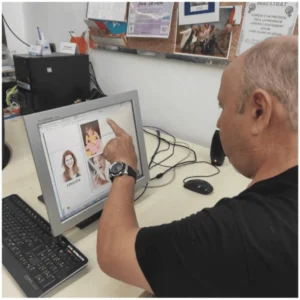
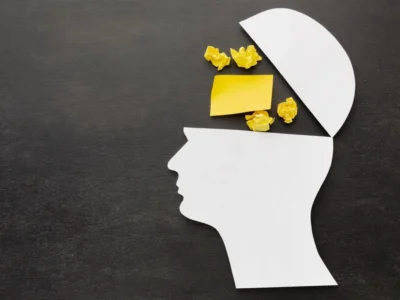
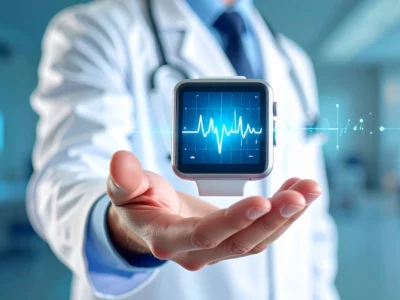
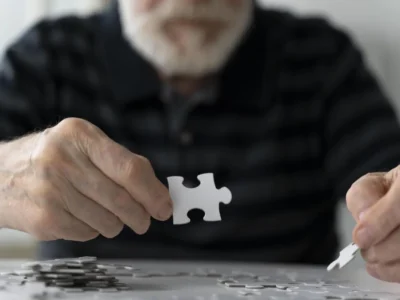
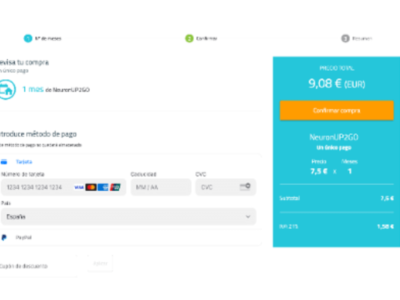
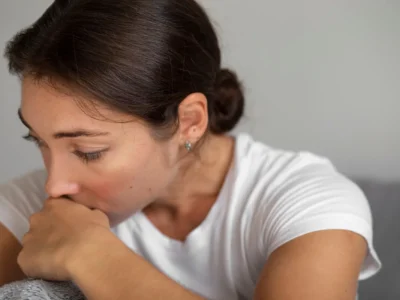
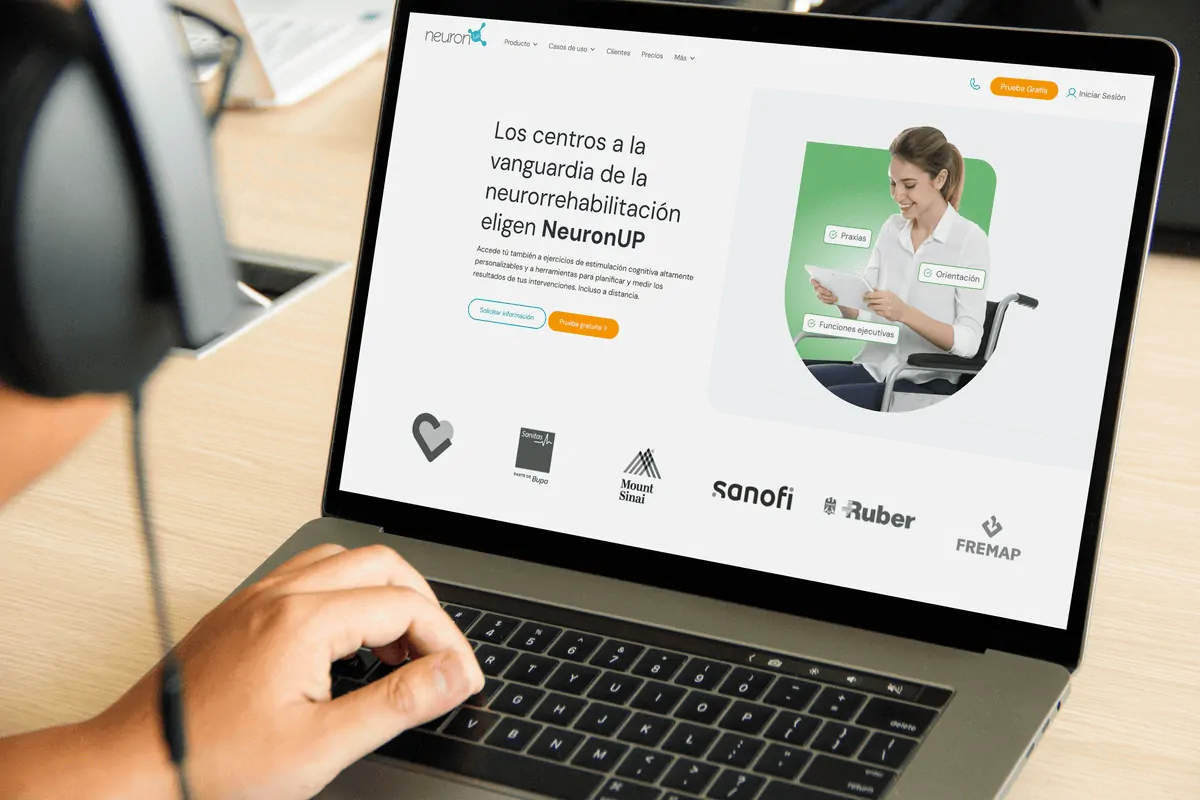 Digital devices as a therapeutic tool in children and adolescents with intellectual disability
Digital devices as a therapeutic tool in children and adolescents with intellectual disability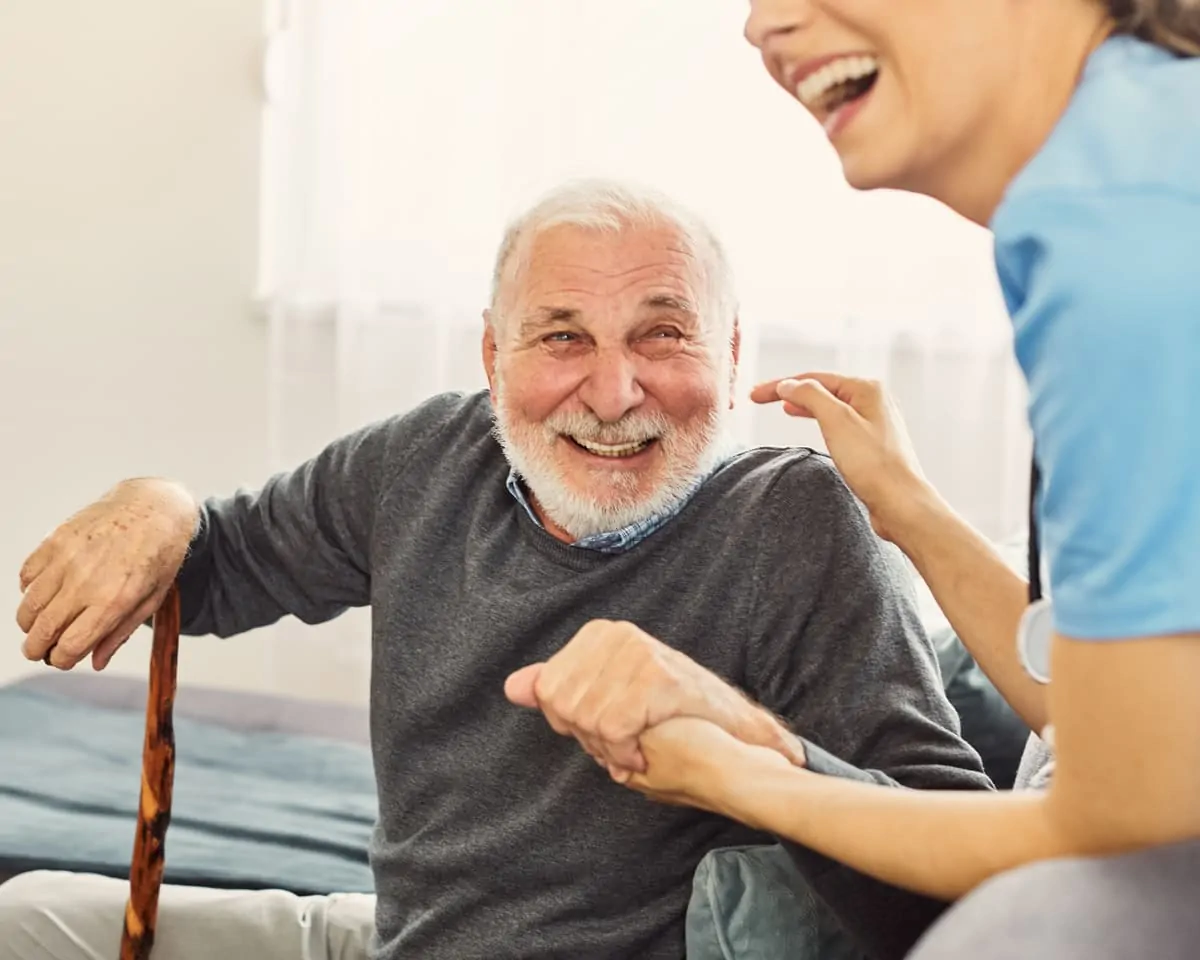
Leave a Reply